Consider the Impacts of COVID-19, the Supply Chain, Inflation and Labor
By Alan Benjamin HNN columnist January 18, 2023 | 8:46 AM
Although the overall economy is facing many headwinds, our hospitality industry has reason to be “cautiously optimistic” for a solid year ahead. As leisure travel demand eases, group and business demand continue to build momentum, quelled somewhat by the real and/or perceived overall recession. Regardless of the economics, there is significant pent-up demand for capital expenditures across all segments of the hospitality industry. We are in an era where critical social media posts and viral comments from guests are gaining greater sway over CapEx than the typical timeline milestones.
Consider these four macroeconomic factors that will influence CapEx in 2023.
1. COVID-19
As in the movie “Jaws,” just when you thought it was safe to go back in the water … COVID-19 cases are surging in China, the largest supplier of finished goods and component parts to our industry.
Cases of COVID-19, the flu, and respiratory syncytial virus — or RSV — are also on the rise in many other regions around the globe. Even if you are not directly buying anything “Made in China,” it is important to examine the origin of the raw materialsof your key items. COVID-19 is still affecting lead times for HVAC, furniture, fixtures and equipment, elevators and electronic switch gear — for which the current lead time is more than 50 weeks.
2. Supply Chain
The supply chain overall has improved over the past 24 months, but there are still many segments of our industry that are struggling to keep up with demand. Container rates have been on a roller-coaster ride the past three years. A 40-foot container was averaging $2,500 from Asia to Long Beach in 2019 and went as high as $28,000 at the peak. These containers are now back to the $2,500 to $3,000 level. About 10 rooms of case goods fit in a 40-foot container, so the container savings will eliminate the roughly $2,000 per key premium that was typically being paid 18 months ago.
However, domestic transport costs are not yet back to 2019 levels, and warehouse space is in high demand with correspondingly higher costs. Additionally, air freight, even for model room items, is still very expensive.
Many industries have initiated local sourcing programs to mitigate global supply-chain challenges, but the hotel industry is still reliant on a global supply chain. We cannot “flip a switch” to buy all locally. Planning as far ahead as possible is key to mitigating the potential negative impacts of supply-chain issues.
3. Inflation
As economists debate if we are in a “technical recession” or about to enter one, the Federal Reserve is on a mission — raising interest rates to reduce demand.
Inflation is proving to be stickier than many had anticipated. I am often asked the following question: “From 2019 costs, how much more should an owner now add for inflation for ordering furniture, fixtures and equipment in 2023?” My normal reply is “call me,” as I need to understand the type of property and scope of the project.
For some items, the cost has increased significantly, with upholstered seating affecting almost all projects, regardless of quality level.
More than other FF&E, upholstery has been affected by raw material shortages — including foam — and fabrics sourced from all over the world, as well as shortages and rising costs of labor. The prices of other products, such as guestroom carpet, have moved very little due to market competitive forces.
Compared to 2019, we have seen overall project budget increases as small as 3%, and as high as more than 20%. To be conservative, without any project details, I recommend adding circa 15% to a 2019 FF&E budget. A great interiors team will have many solutions to mitigate the impact of cost increases, beyond the obvious answer of scope reduction.
4. Labor
Labor is a key component of all manufactured items and services. Both wage inflation and availability of talent have affected every industry. Recently, three different owners called to ask me for additional design firm recommendations, as their preferred firm simply could not take on the project due to their workload.
Every member of the CapEx team — from vendors to project managers, architects, designers, purchasing and logistics firms — is being affected by “The Great Resignation.” Currently, warehousing availability and labor are the most challenging.
The economic slowdown may solve some of the current labor shortage, but not all, as it is not just a quantity, but a quality issue. Many firms have experienced larger staff turnover than ever, and it will take time for the new hires to be productive.
After many years of deferred spending, our industry now enters the new year with a greater than ever need for CapEx. However, this CapEx need is confronting the reality that many reserves, normally in a “lockbox” per lender requirements, have been spent on keeping the hotel afloat during COVID-19. Greater need, with less funds to pay for it, will lead to more CapEx-driven change of ownership than ever before.
For a successful project, and to maximize every dollar invested in CapEx, hire the best team for the specific project — not the lowest fee on a spreadsheet. Hire the team as early in the process as possible — remember Warren Buffet’s quote about “dig the well before you are thirsty” — and provide the entire team with a clear scope, schedule and budget. Lastly, provide fast decision-making.
Have a great 2023.
Alan Benjamin, ISHC, is President and Founder of Benjamin West (www.benjaminwest.com) and is the world’s leading hospitality FF&E and OS&E expert.


